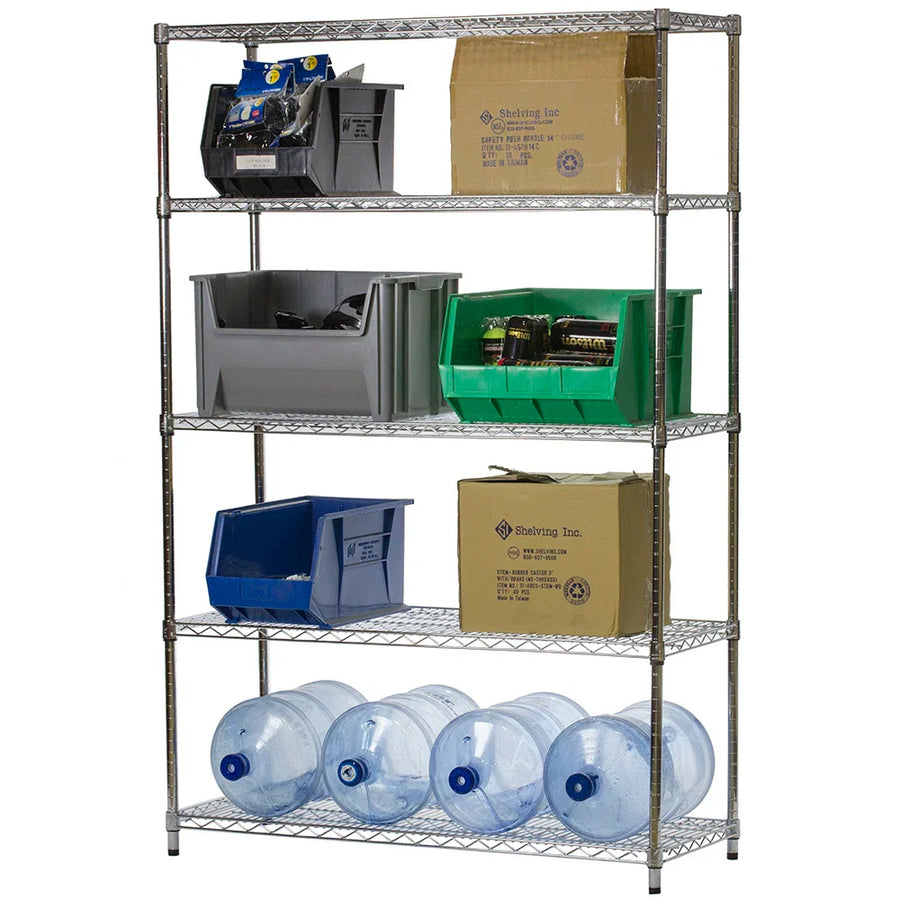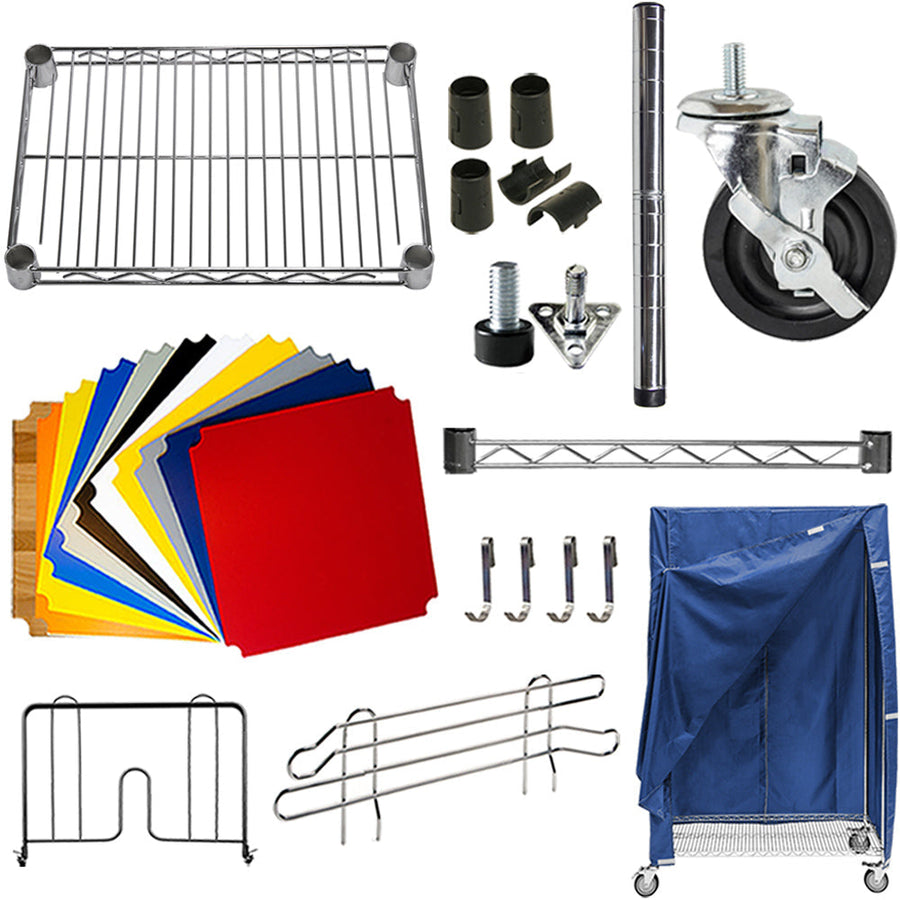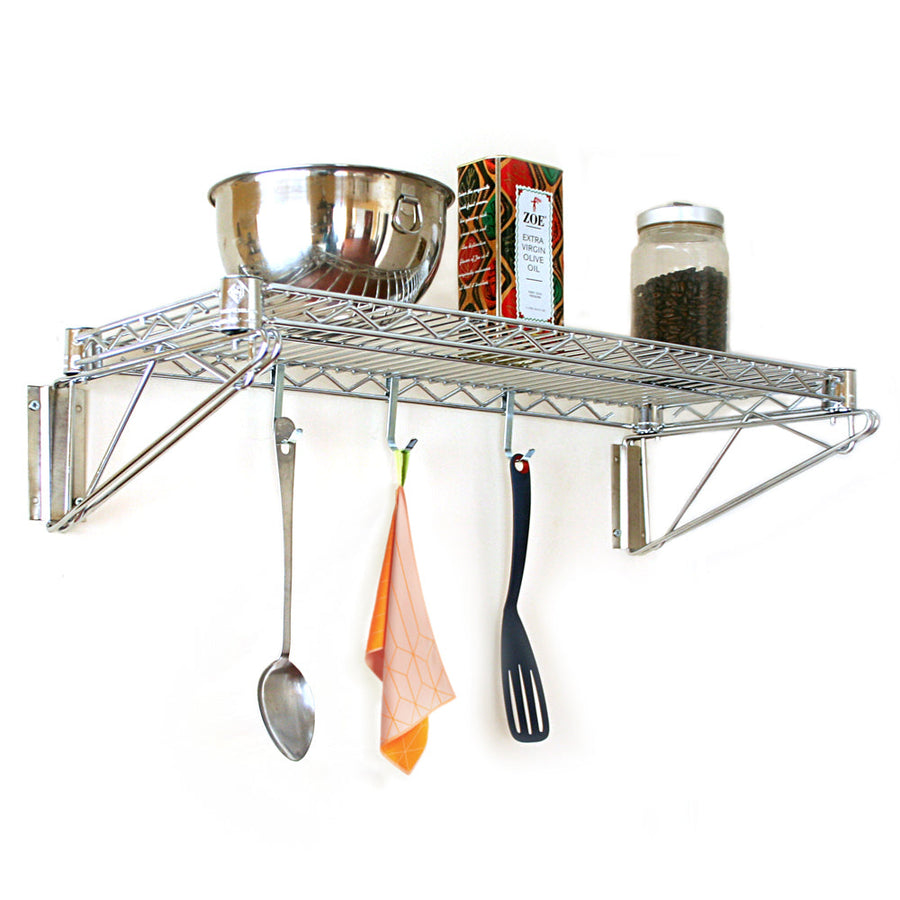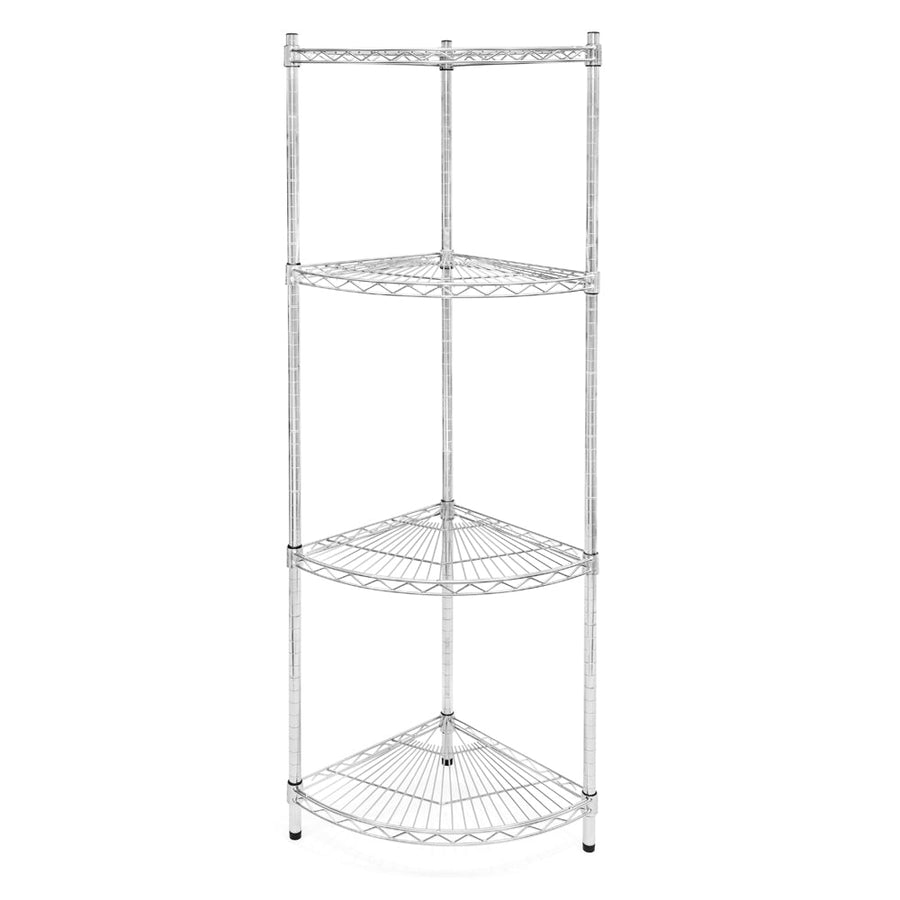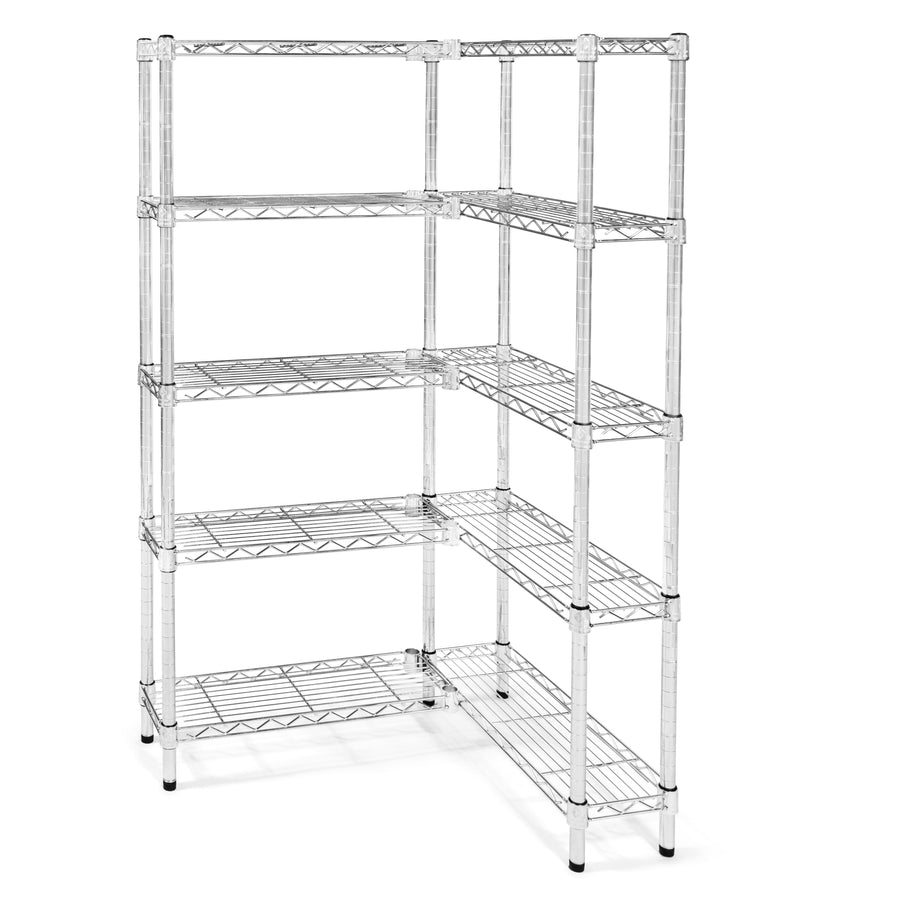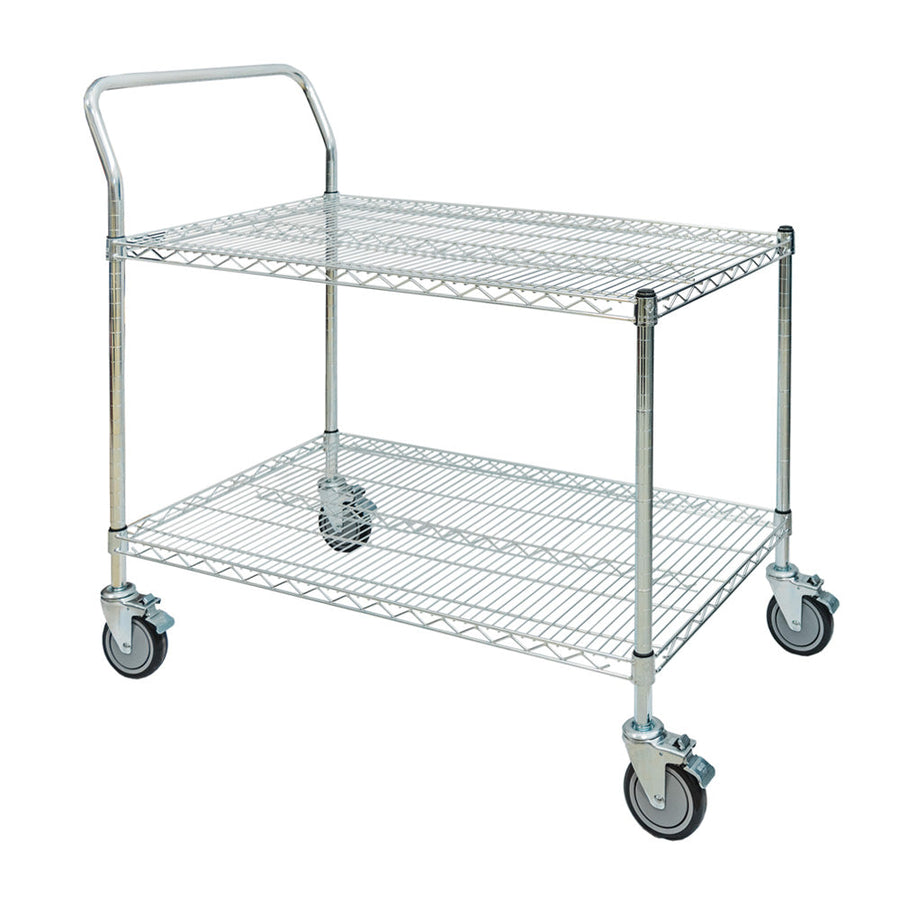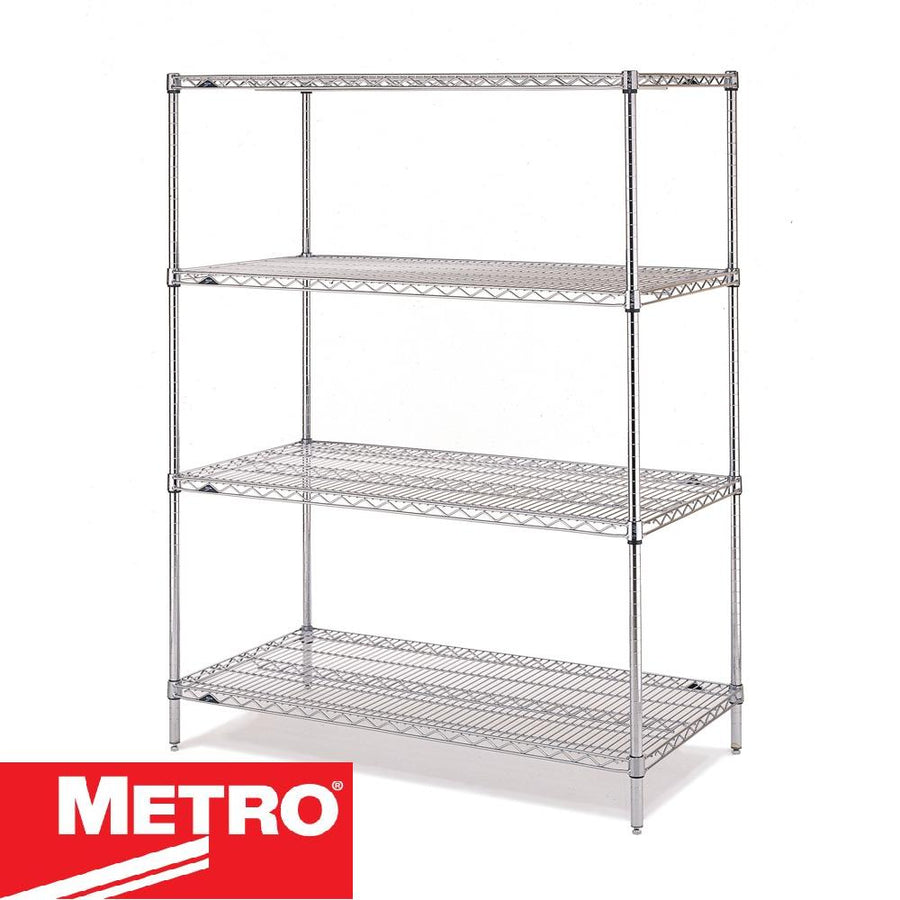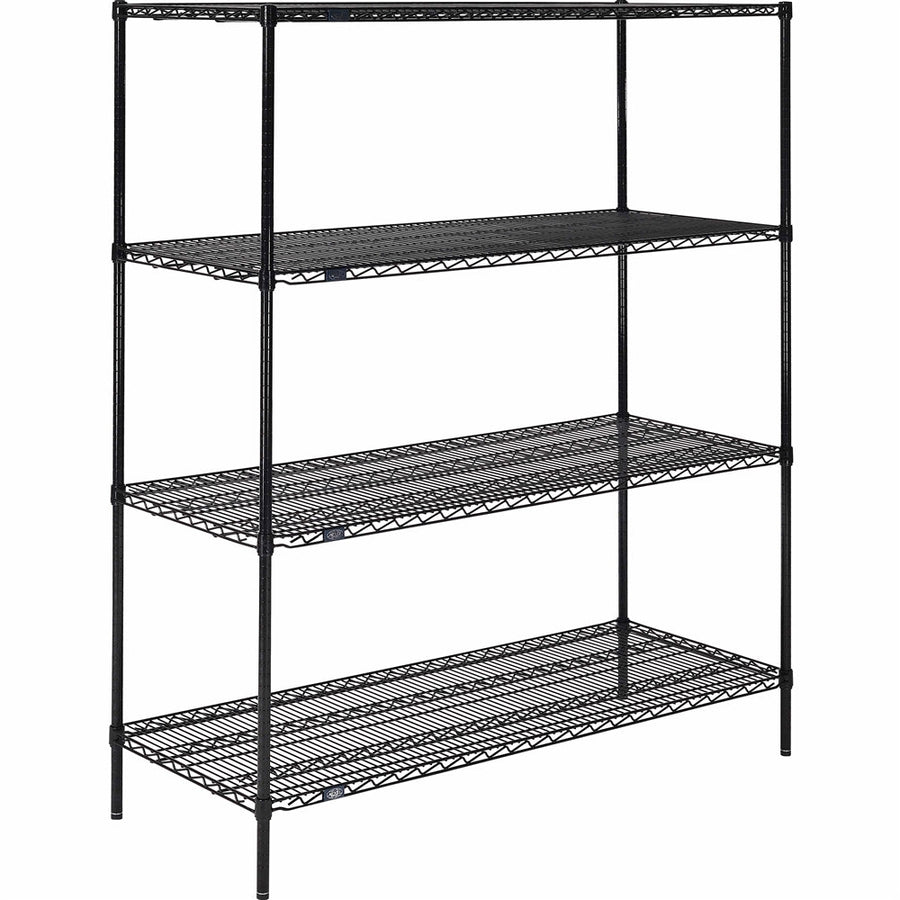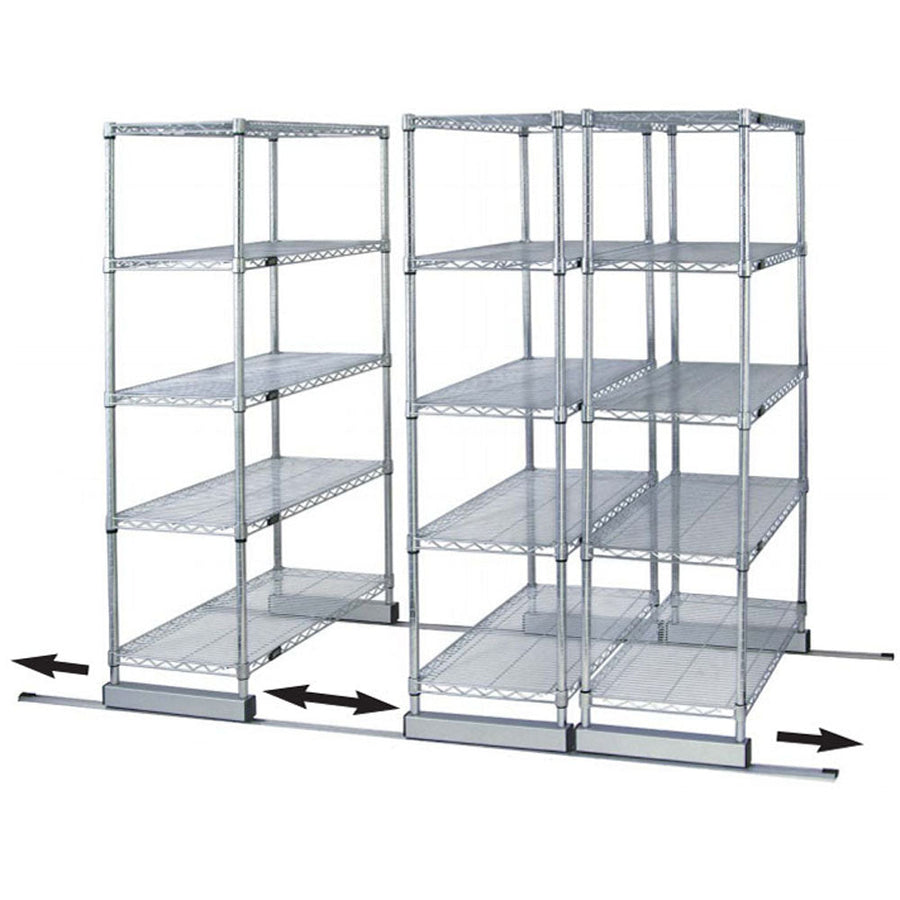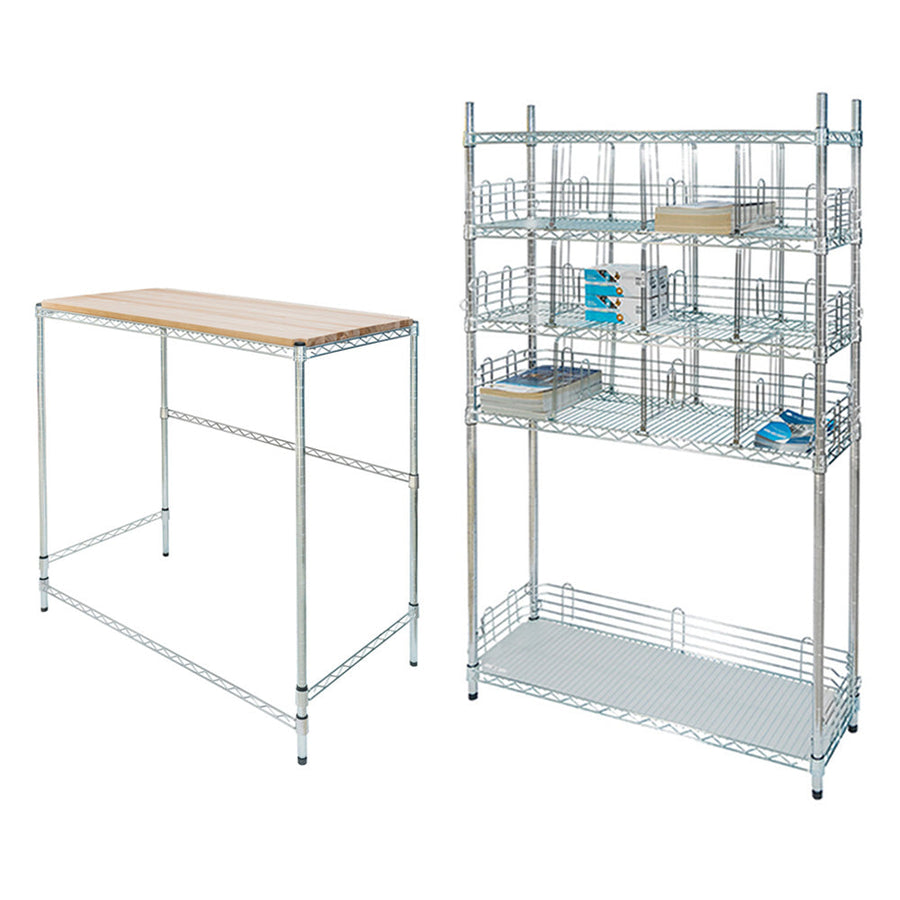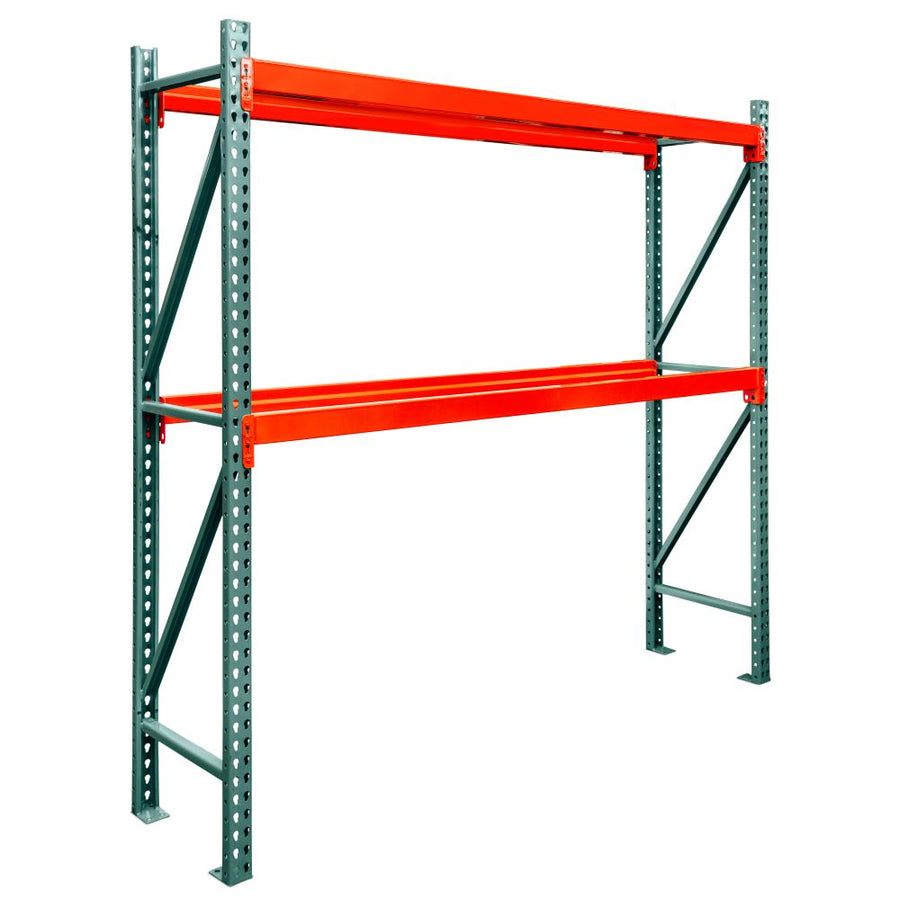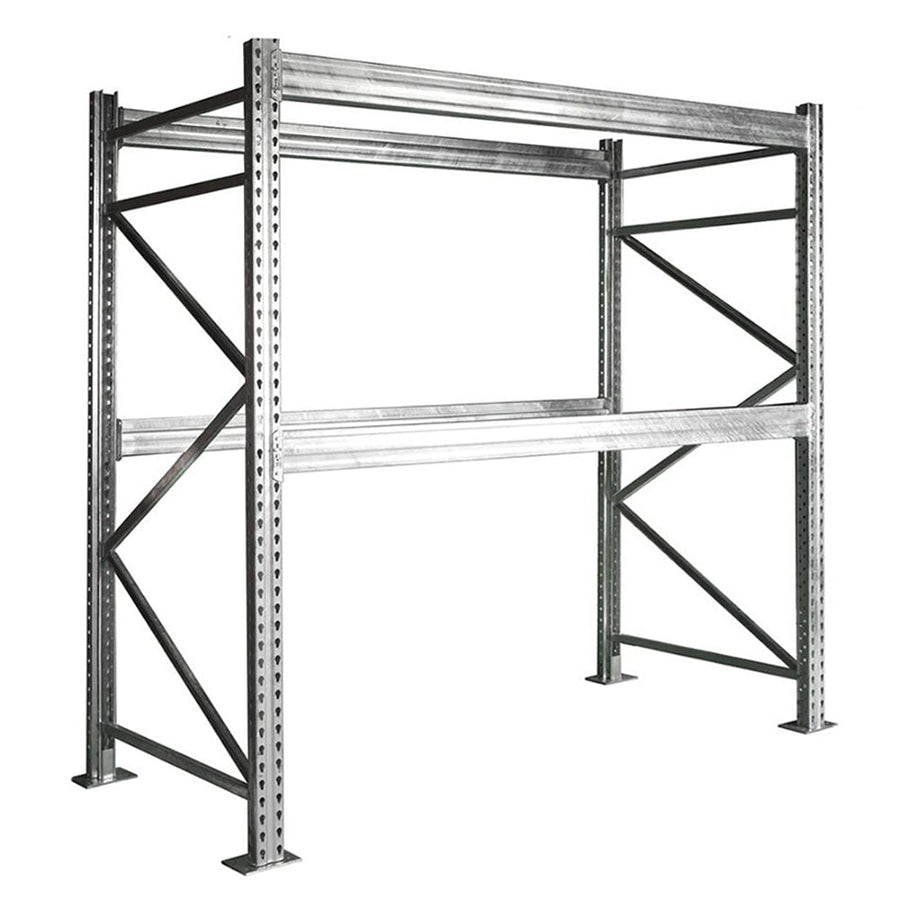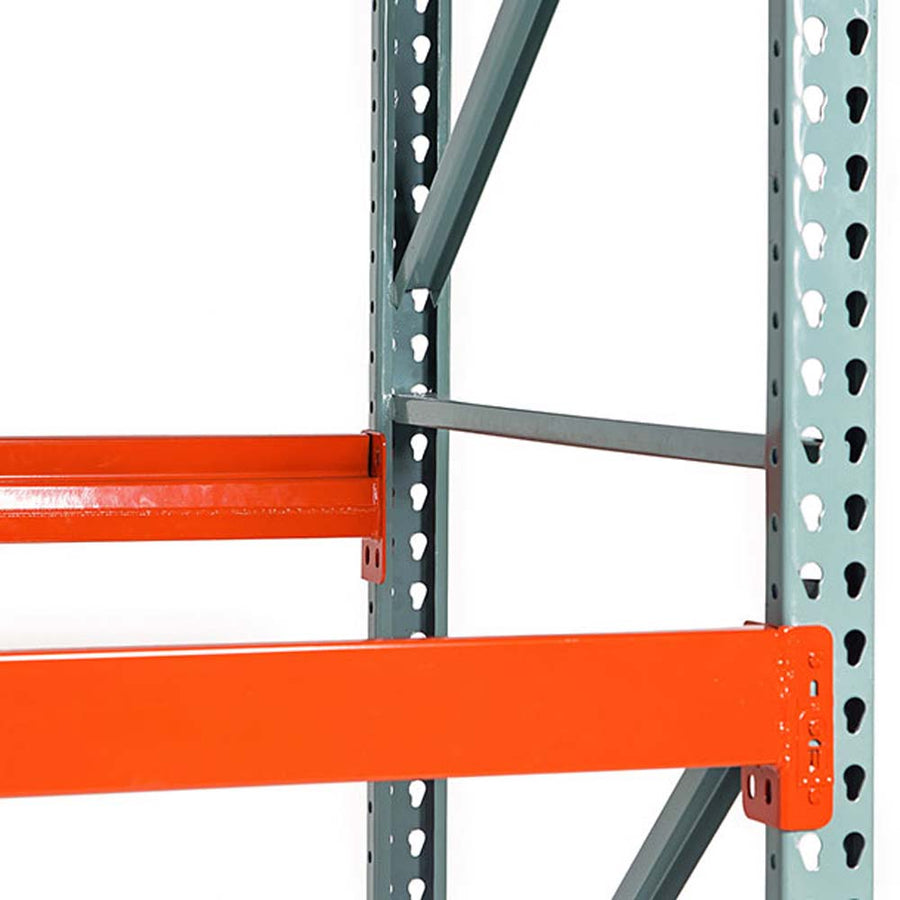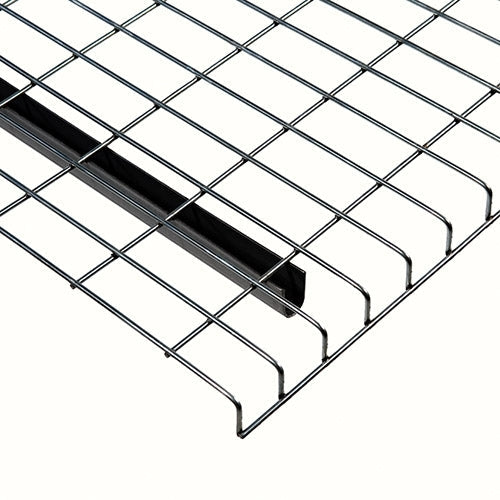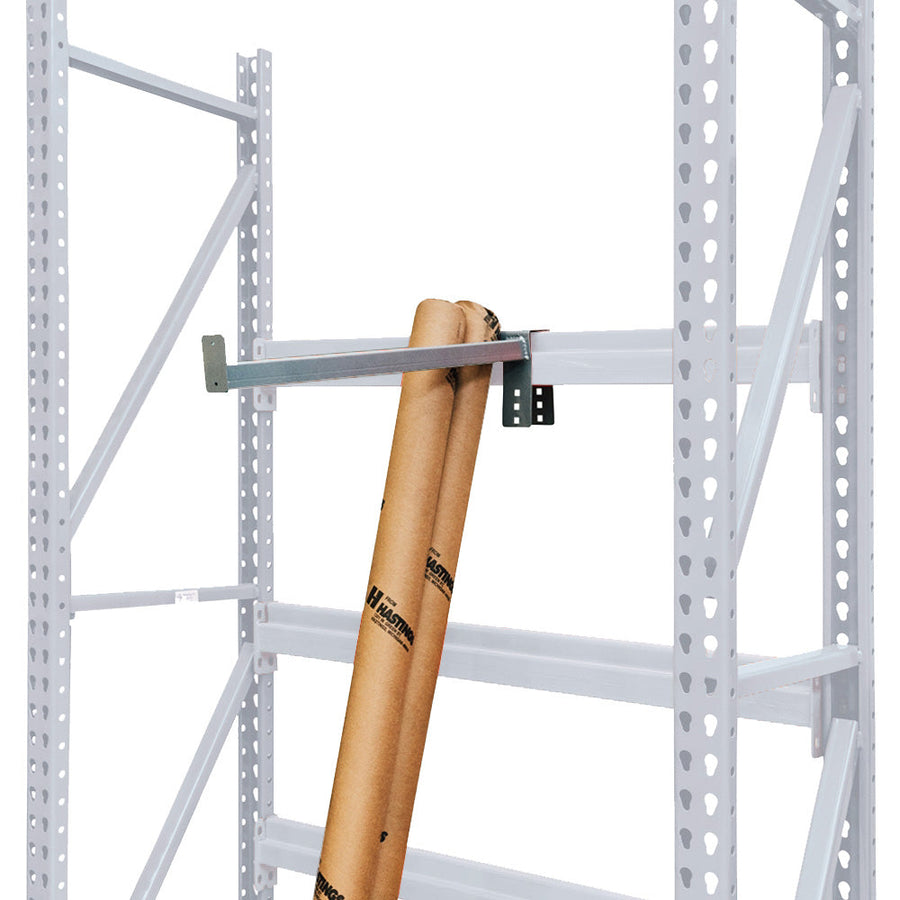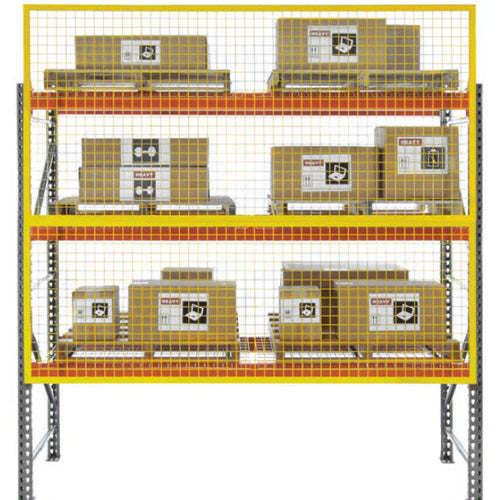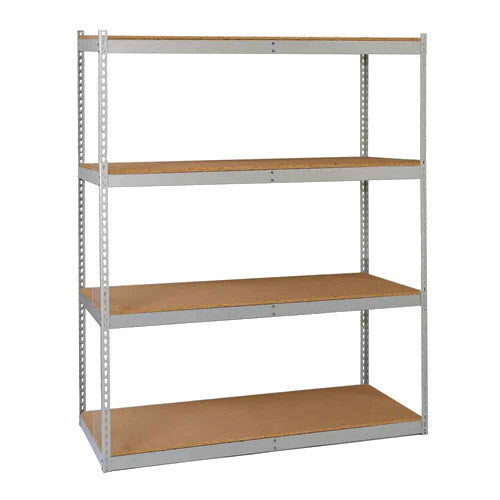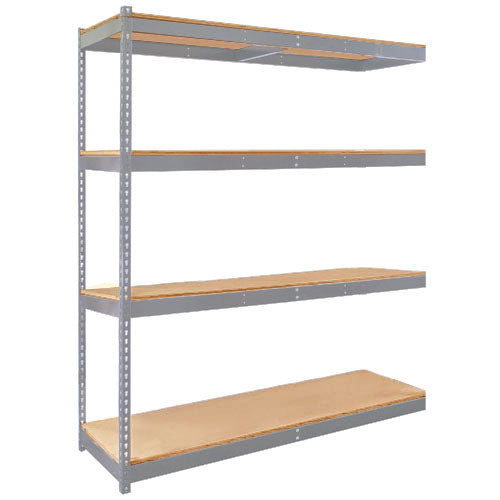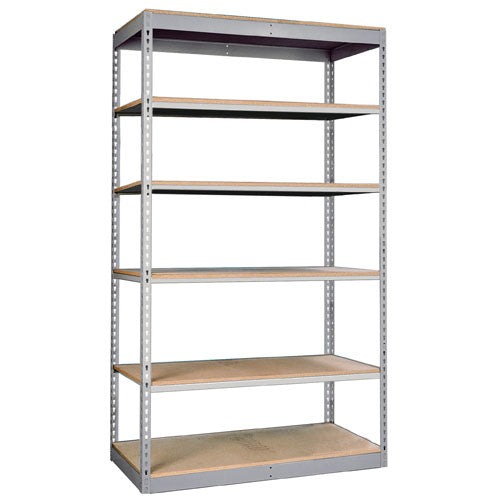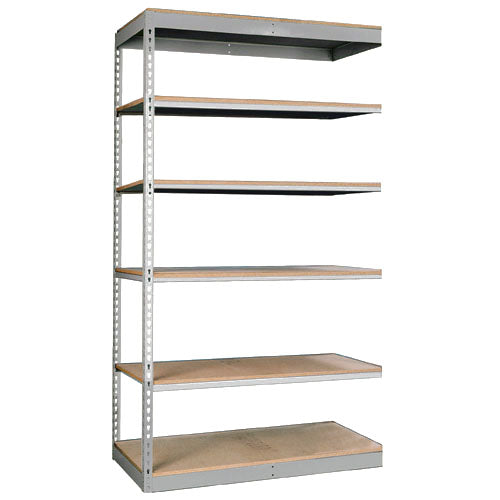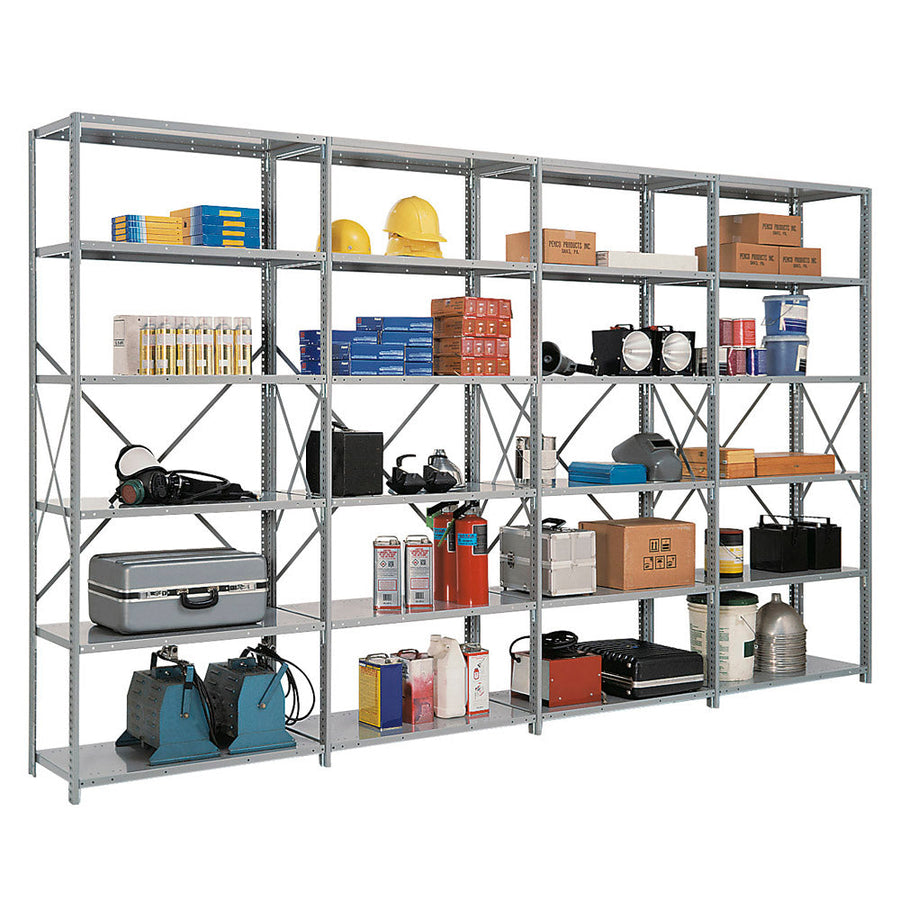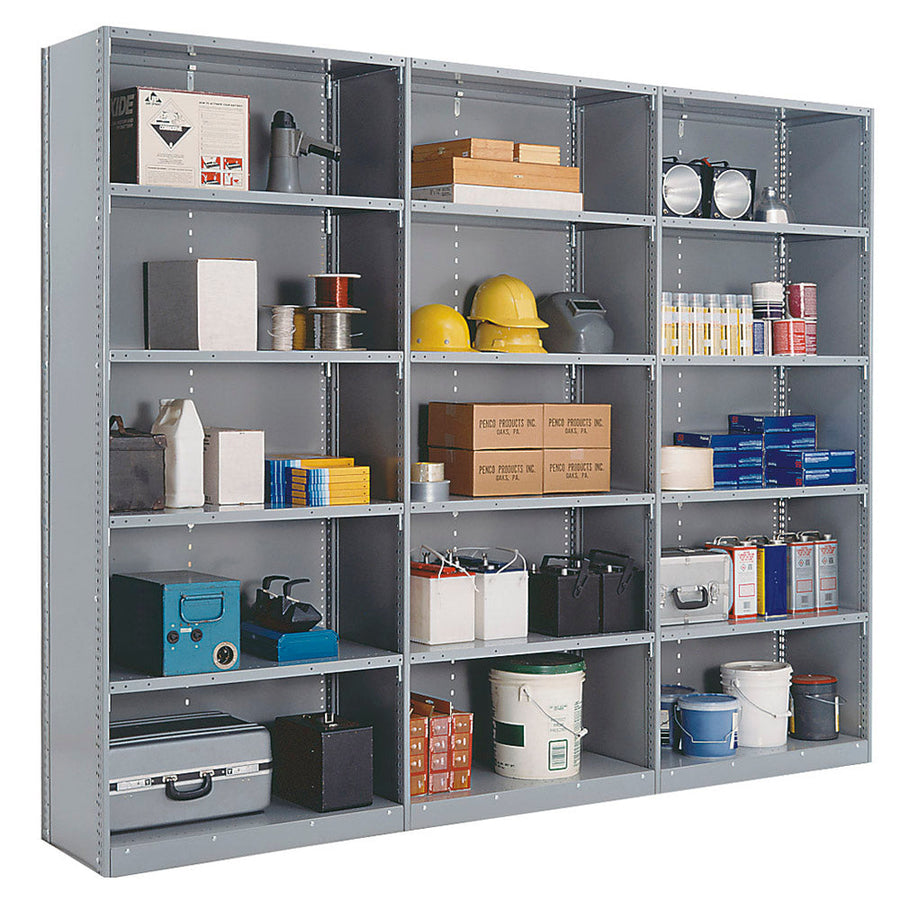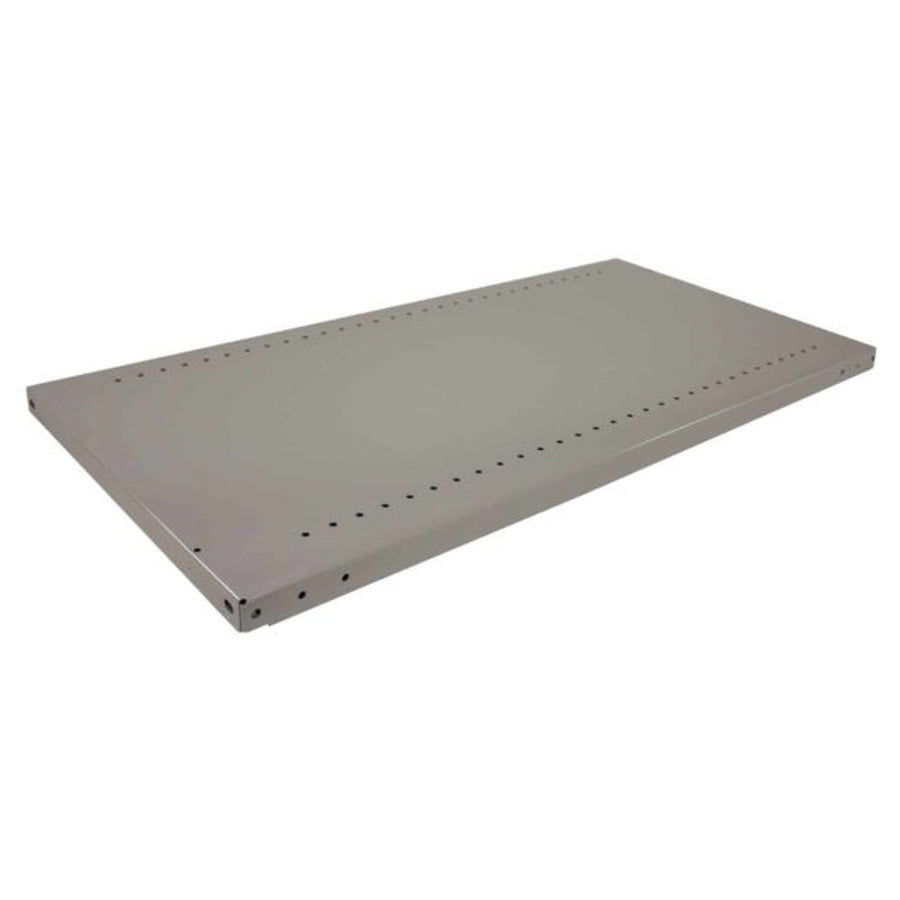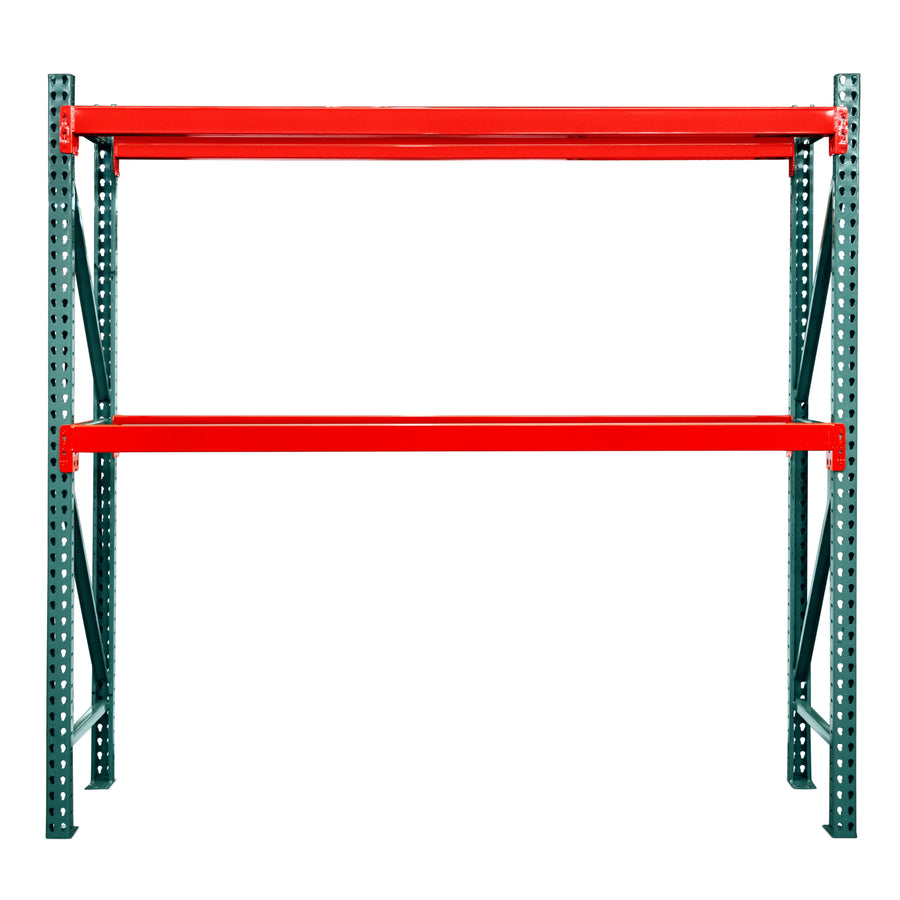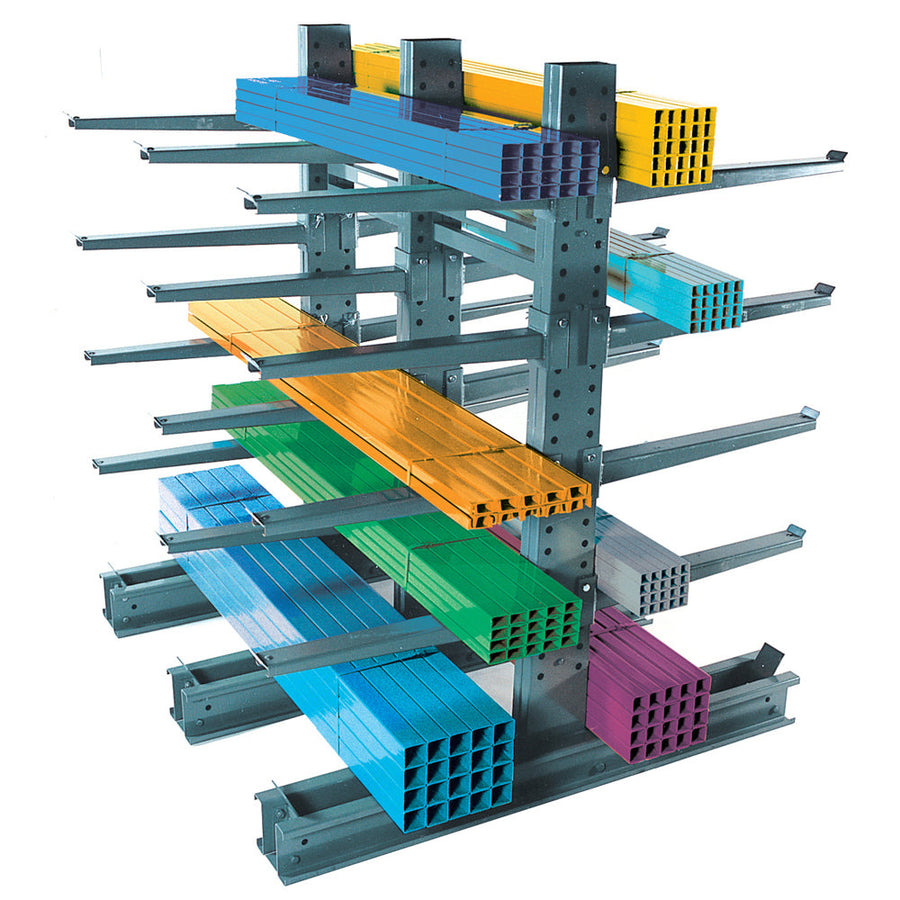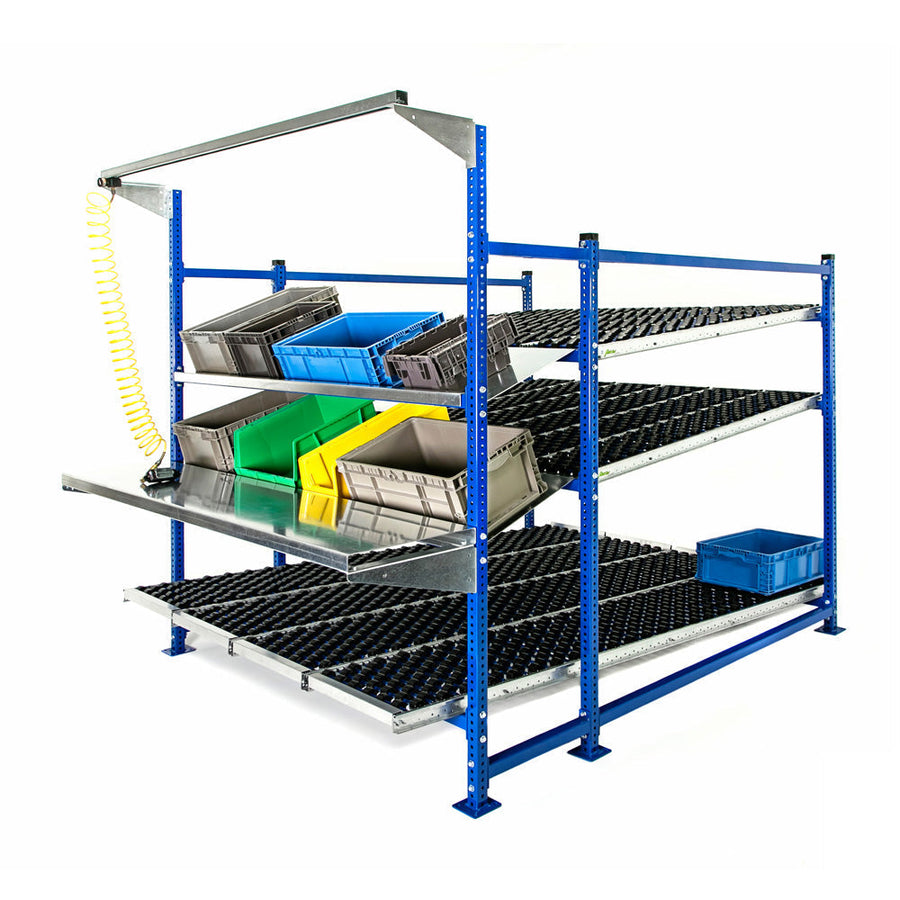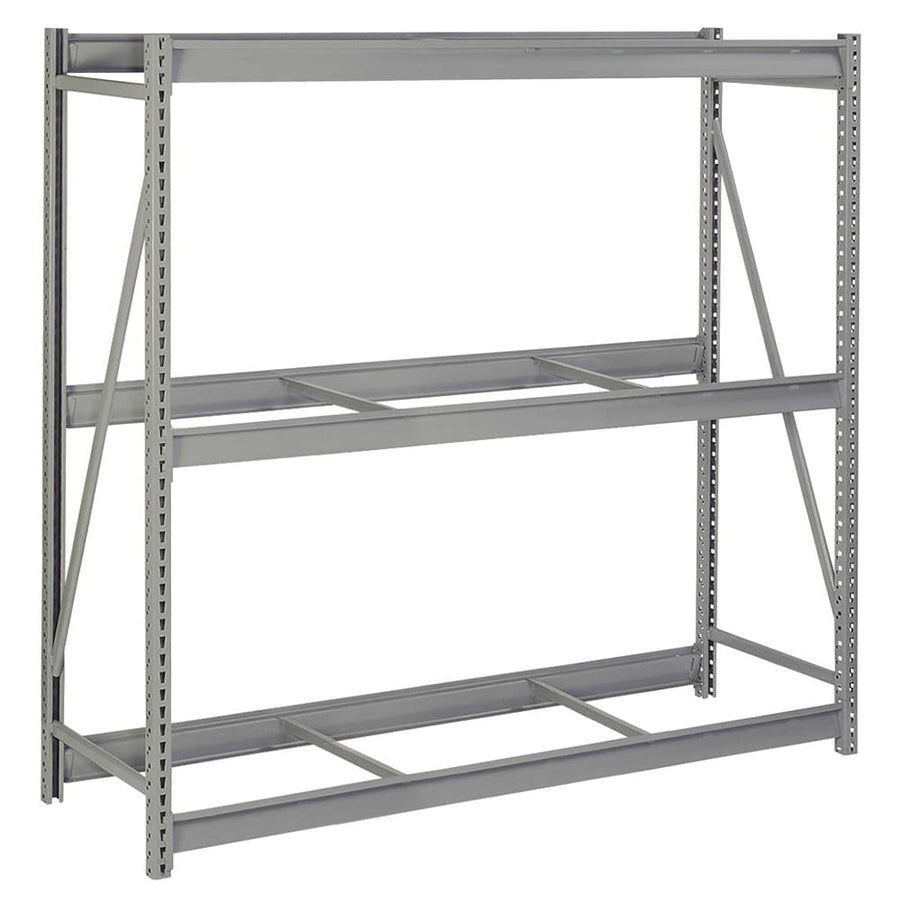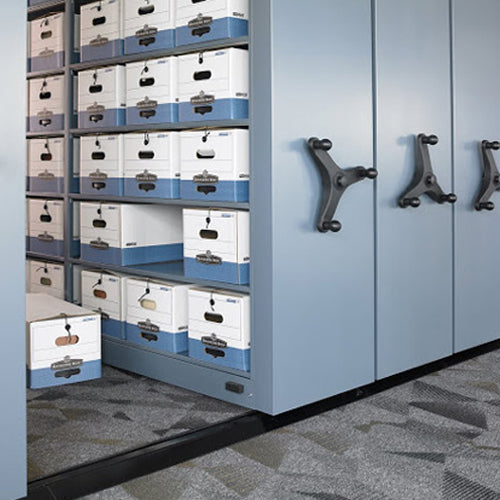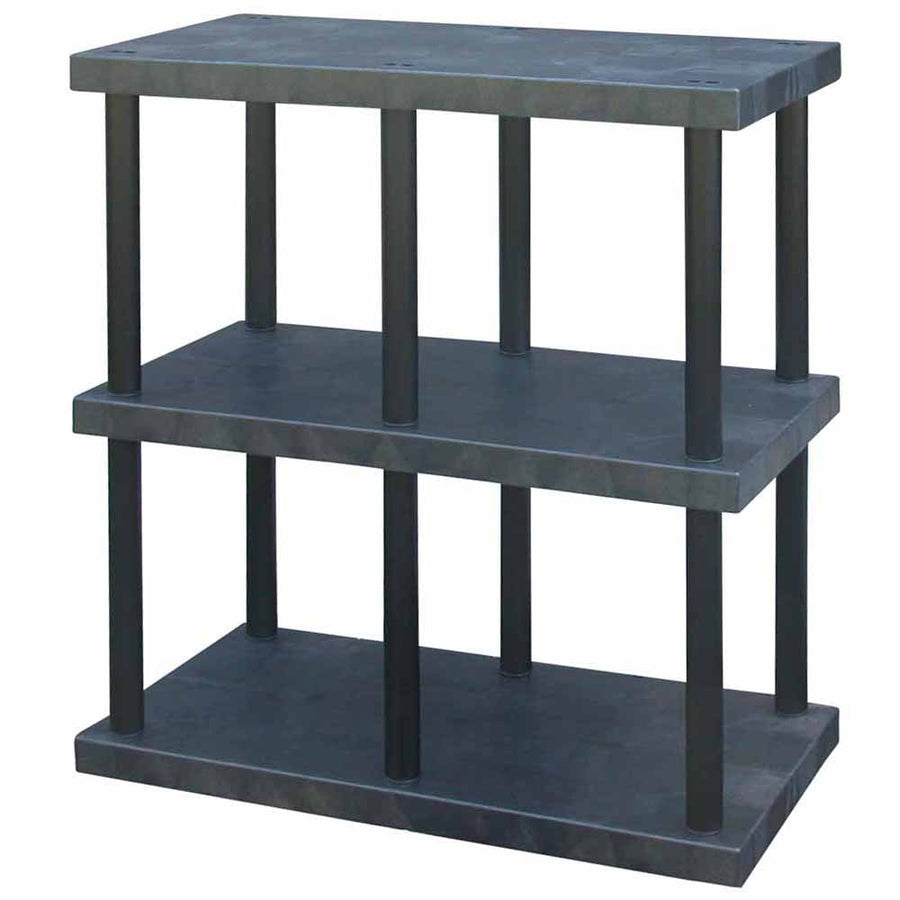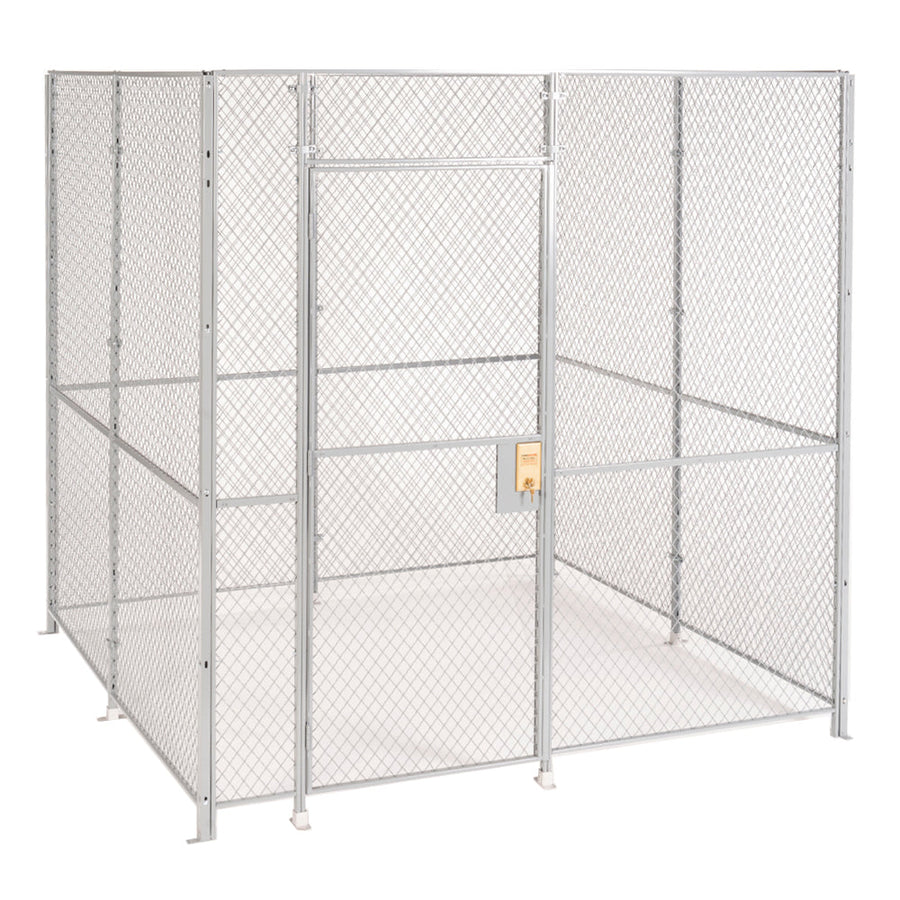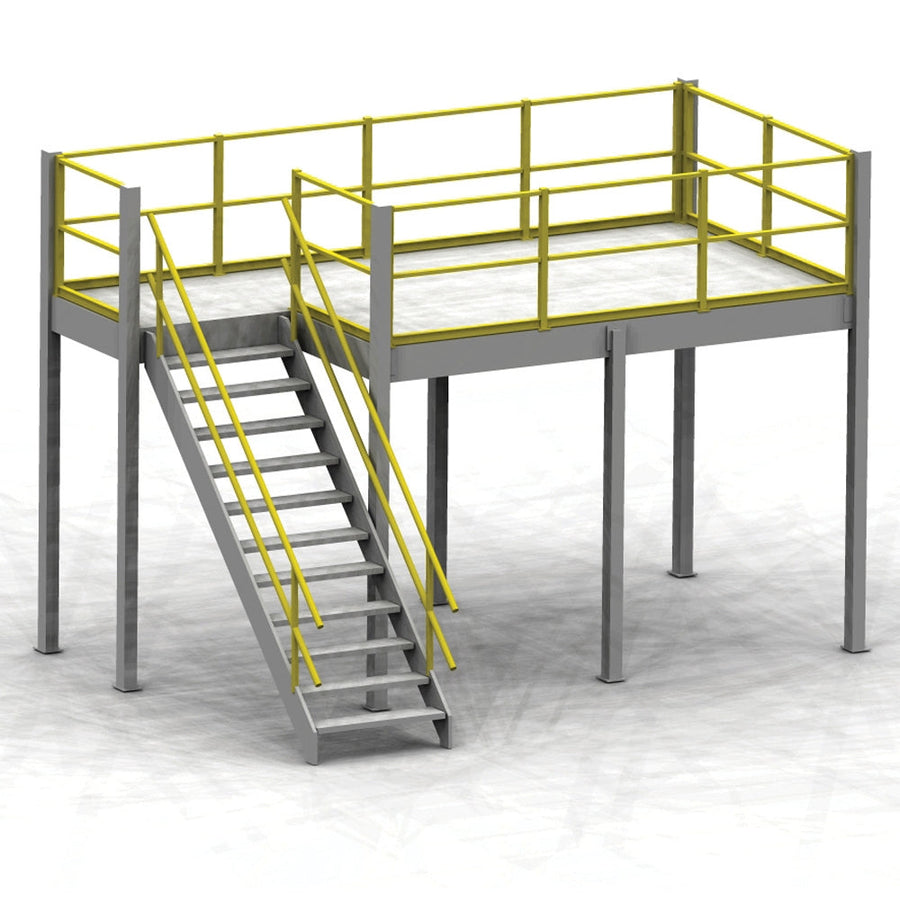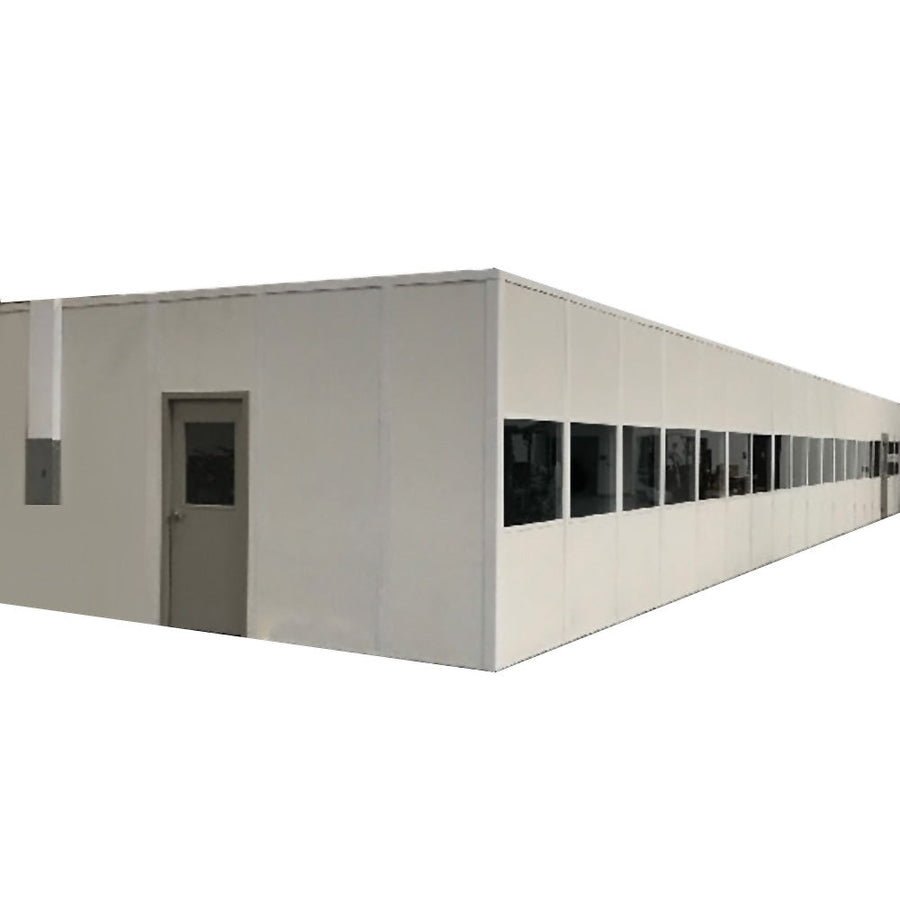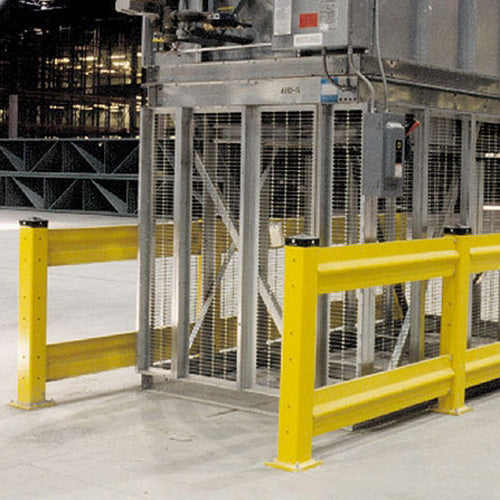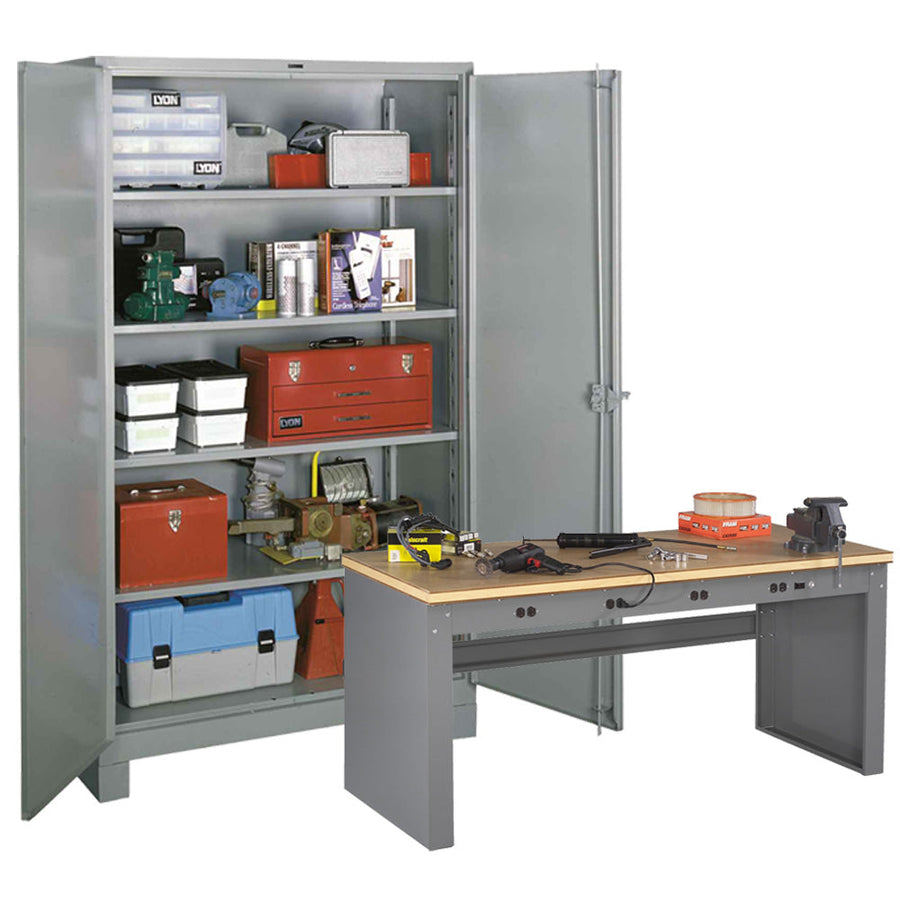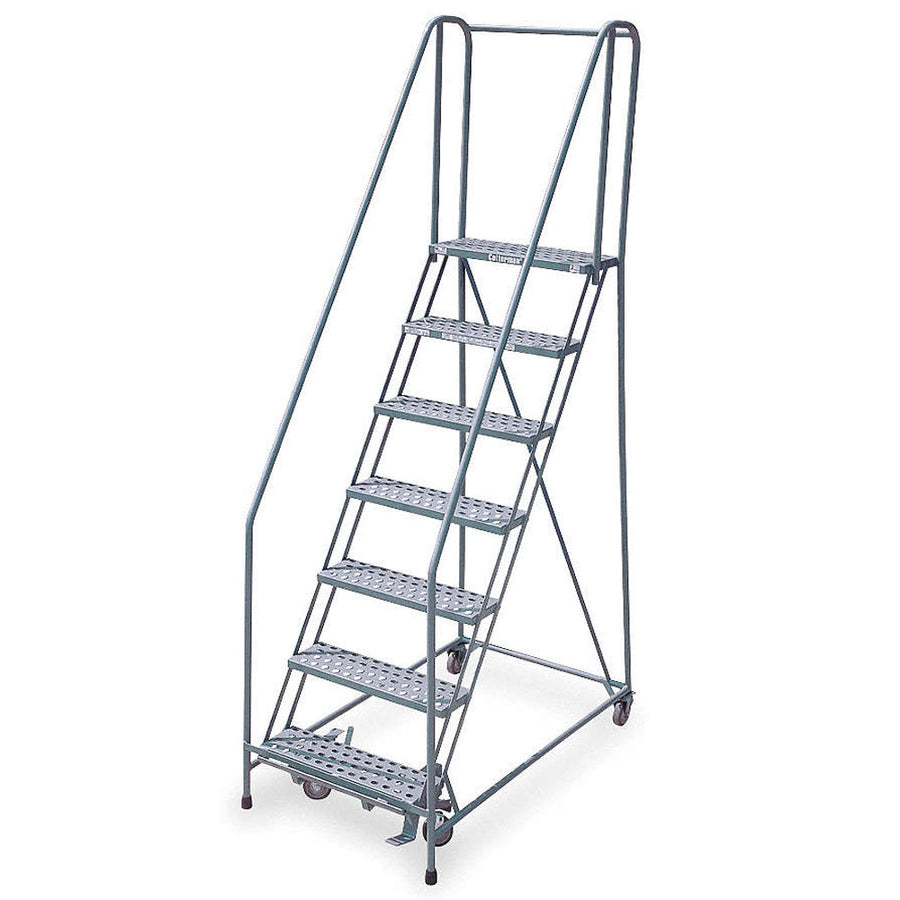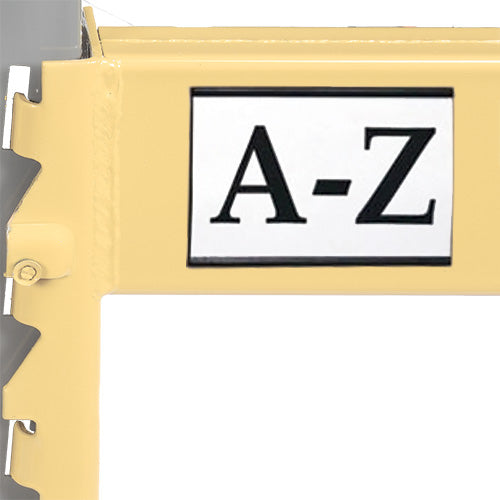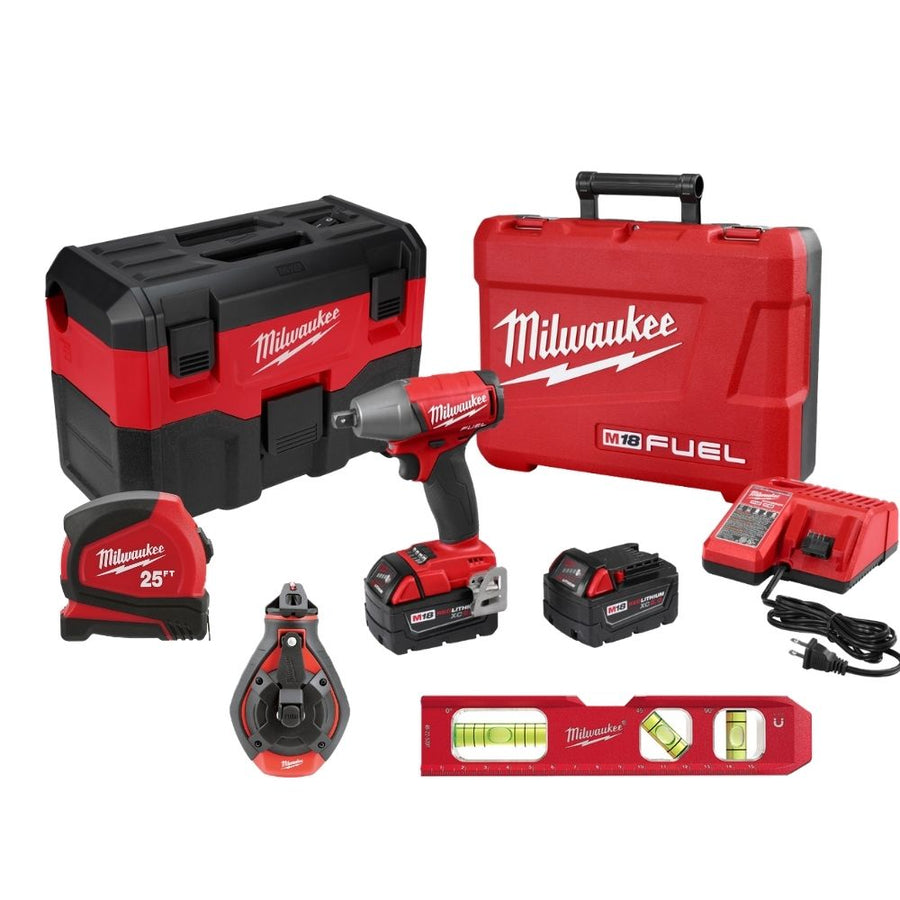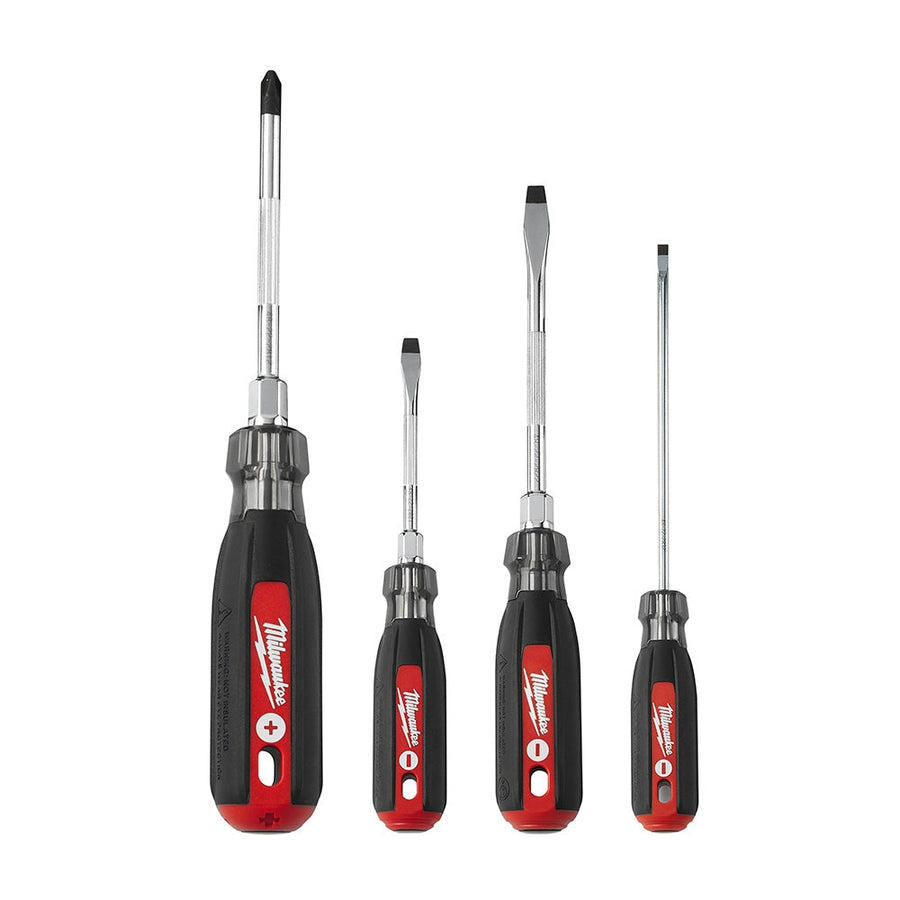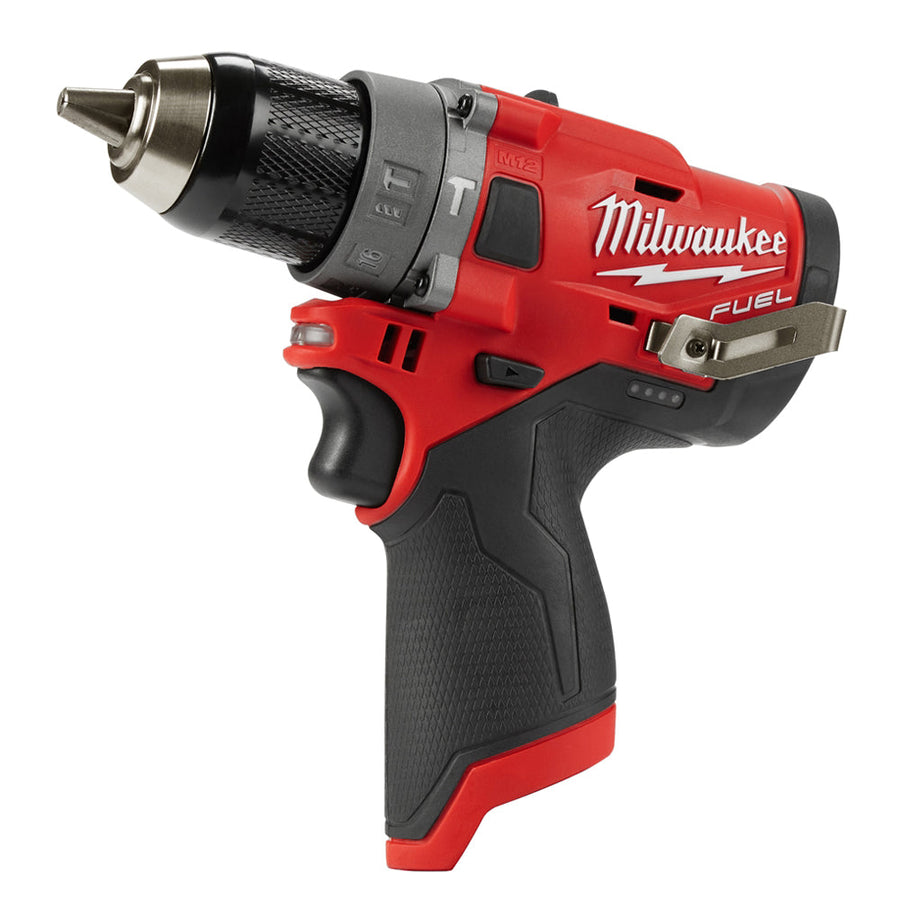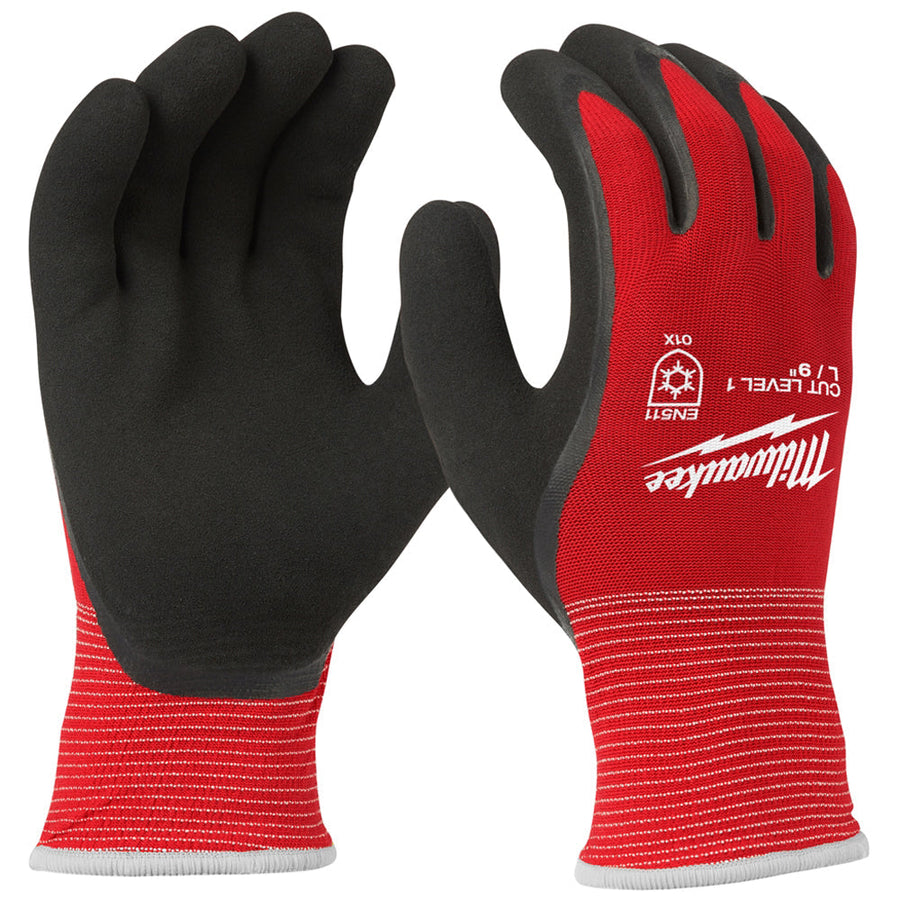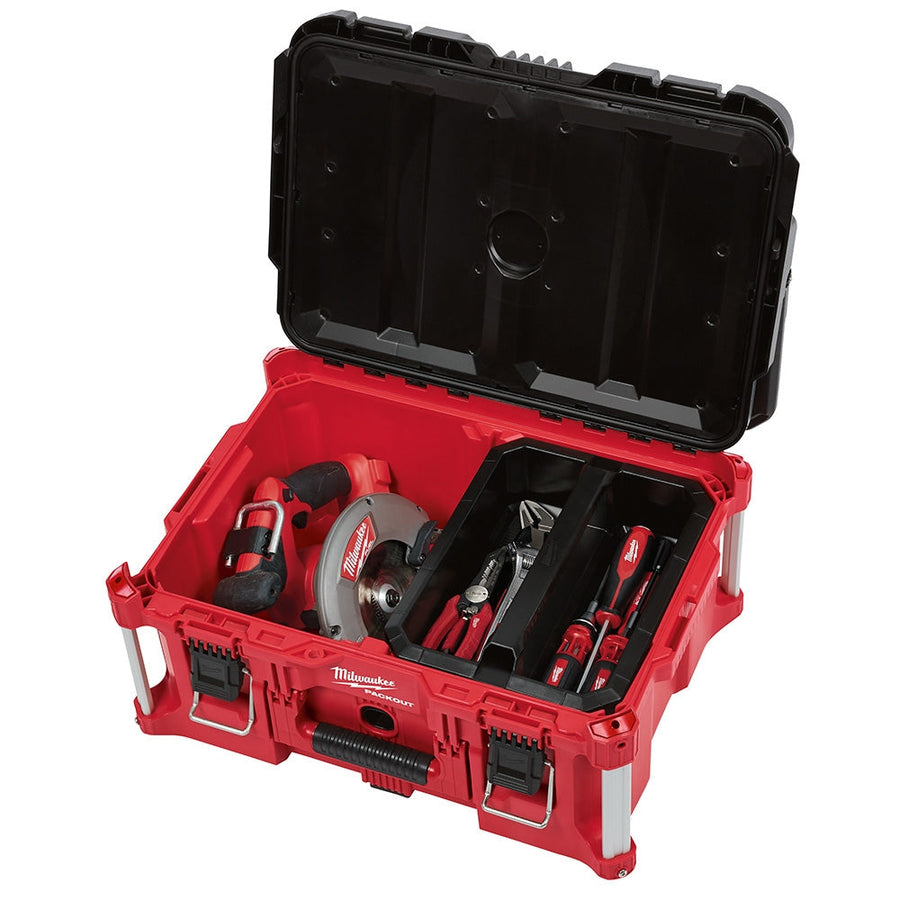“Mobile warehousing” is one of the biggest trends to hit the warehousing industry lately - and considering how many warehousing trends we’ve seen over the past year or two, that’s really saying something.
Thanks to the growing demands of ecommerce and an overall increase in delivery times, warehouses and retailers have been coming up with new ways to expedite deliveries, reduce handling time, and keep customers happy in these ever-connected times.
One of the more creative methods seen in recent years is the rise of mobile warehousing.
What Is Mobile Warehousing?
Mobile warehousing is exactly what it sounds like. A smaller, portable warehouse is designed and transported to an area of large product congestion, such as right at the dock, or alongside a larger warehouse where goods are stored for the long-term.These warehouses are frequently built inside semi trucks, for example, or in a portable, non-permanent structure that can be easily removed from the premises when the need has passed (or moved to another location that needs the items more).
True to their name, mobile warehousing isn’t a long-term solution for storage, and may not be an ideal option for warehouses that are simply too cluttered or crowded. Mobile warehouses are better served for short-term surges in orders, such as holiday purchases or sudden spikes in demand for certain items, as well as solving logistical problems that may arise at a major port or regional distribution center.
How to Organize a Mobile Warehouse
So, having a mobile warehouse is all well and good, but getting it organized and ready to use is another issue altogether. Luckily, it isn’t hard so long as you have the right supplies on hand - and a plan for how to use them.Start by carefully planning what will be stored in there. As nice as it would be to just roll up a mobile warehouse and load items into it, the whole process will be easier - and much more productive - by having an idea of what you’ll need to store in there first. Are you using your mobile warehouse for temporary, seasonal items? Will it be used to create a pop-up store, or used to store the inventory of one or two specific locations? Even if all you have is a list and some pictures, it’s better than starting off on the wrong foot.
From there, you need to focus your storage on the goods you’re storing. Not all warehouse racks are fit for every purpose, and tailoring your storage to your specific needs will help keep things organized (and save you a lot of space). Focus on less-permanent shelving that’s easier to set up like wire shelving units and warehouse metal shelving that can be easily set up when needed - and torn down when it isn’t.
Then you need to be flexible with your storage. Mobile warehouses can fill a wide variety of needs, from collecting returns from different storefront locations, to serving as a touchpoint for delivery drivers, and each of these needs will require their own storage solutions. Make sure that anything you use can be easily converted or repurposed as the demands on your mobile warehouse change, and try to be open-minded to new uses.
Once you have a plan for these needs, you may be surprised how helpful your mobile warehouse can be.


